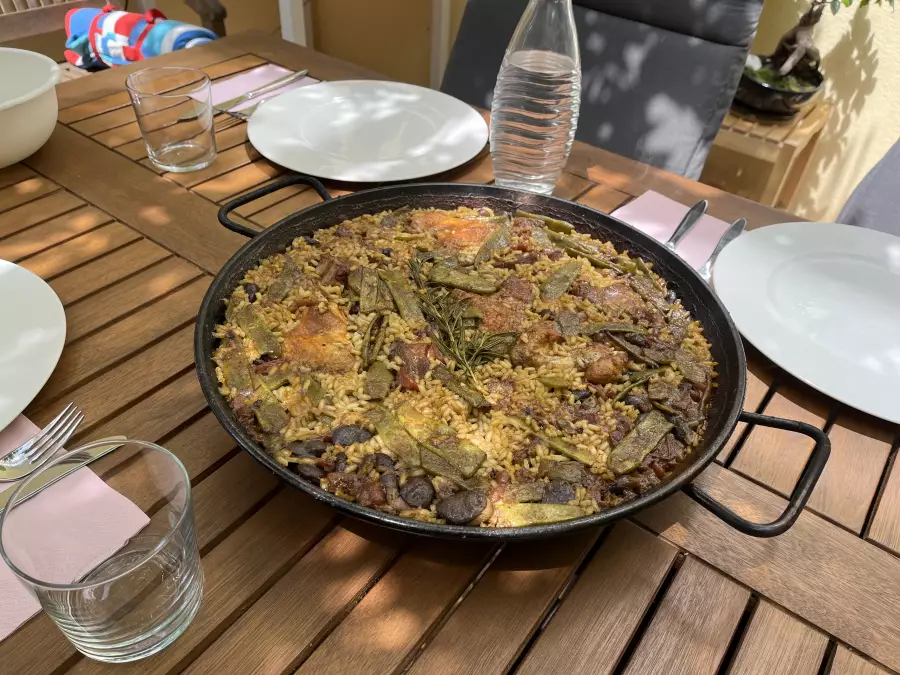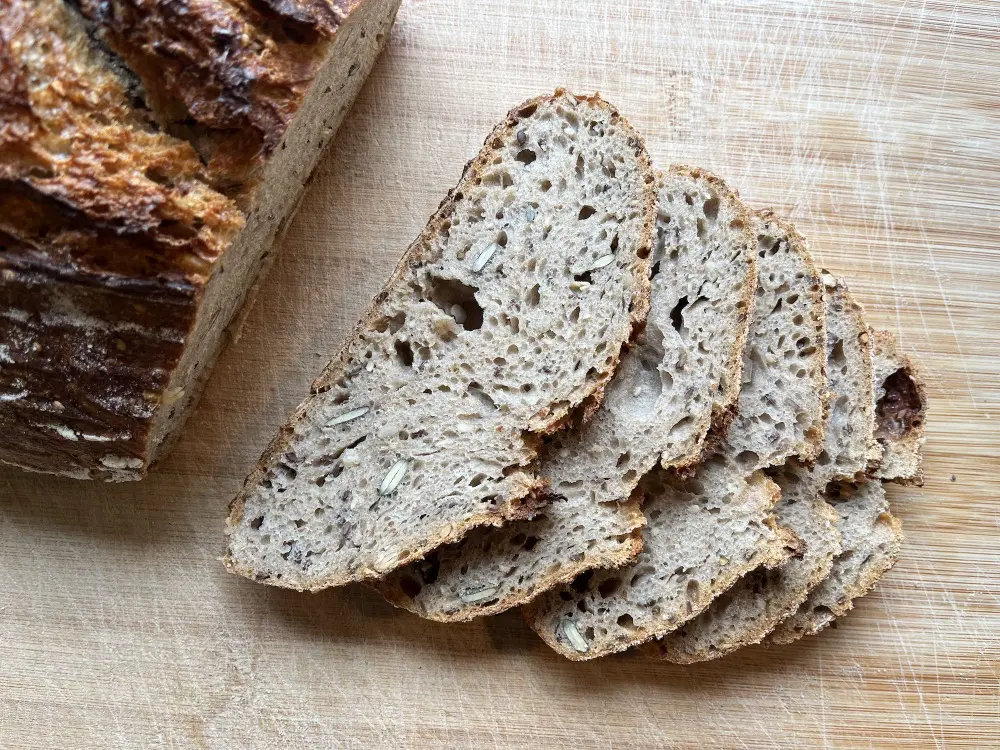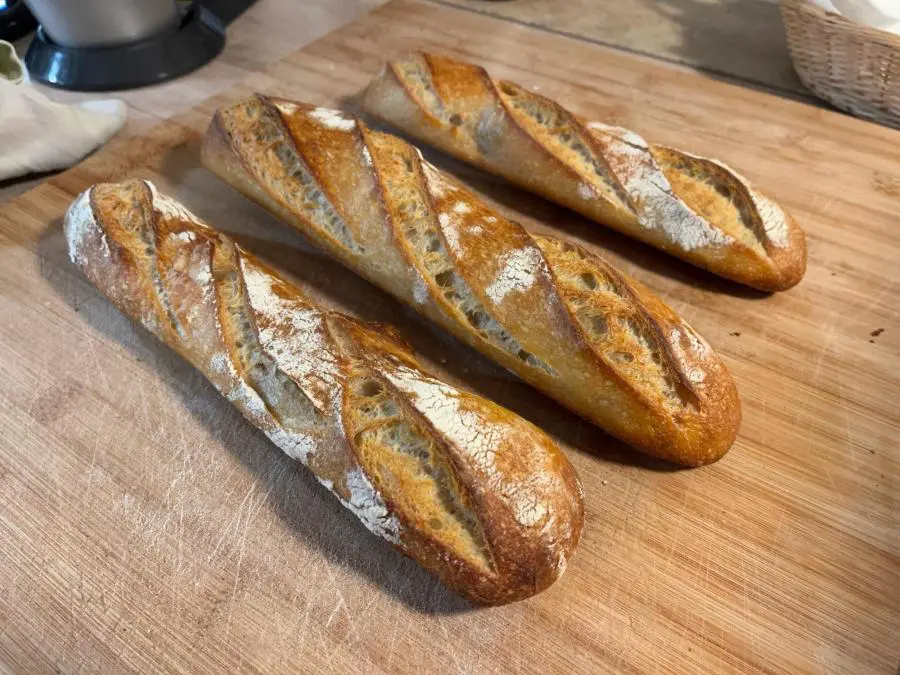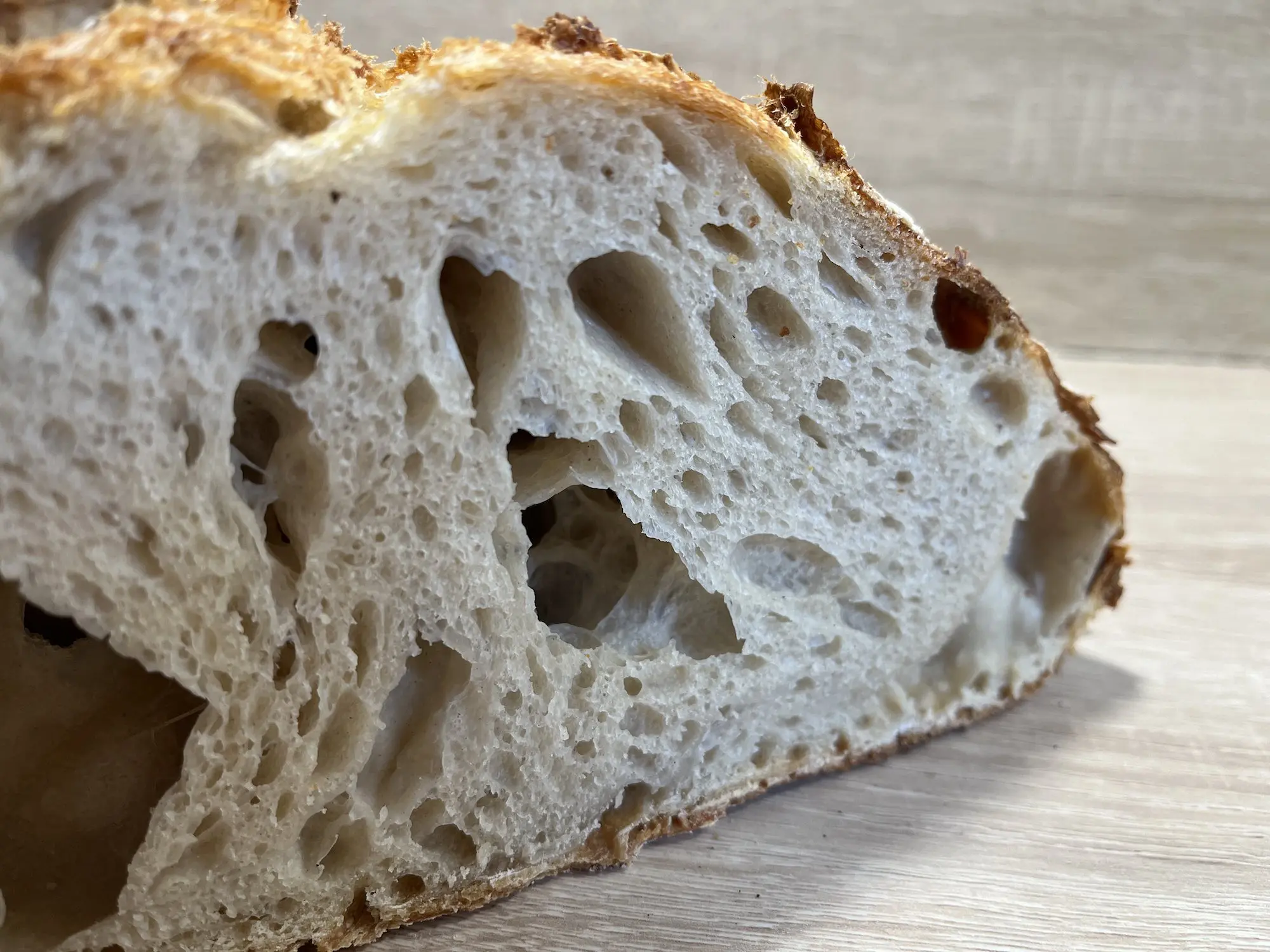
Bread Yoga
My sourdough.
Posted
14 November 2022
It had been quite a few years since I had started baking bread at home in different ways. When I was still living in Spain, spelt bread was very difficult to find and that is why I had started to do my own experiments with this cereal. I took the subject quite seriously but had never managed to achieve very spectacular results.
The start of the pandemic took us all out of place and the idea of spending almost three months locked up at home left us in shock. At least in Germany we were lucky that the government allowed us to go for walks without restrictions, which in the end was a real relief compared to other countries.
But the idea of being locked up at home also opened the door to other possibilities and in my case it was apparently a fairly general trend: making bread at home. Again.
The idea looked pretty good, but when we started going to the supermarket we saw two things:
- Flour was becoming scarce.
- There was no yeast, and there was not during the entire pandemic.
What a disappointment: I could no longer make bread as I had thought. In fact, with the complete disappearance of fresh yeast from supermarkets, there was a semi-clandestine market for dry yeast on the internet… totally crazy!
Given the circumstances, I plucked up the courage and decided to make my own sourdough. I had heard about it and that's why I started looking on the internet how to prepare it and that's how it all started.
The first attempt was an absolute failure, since I made it with white flour and I had a soup in a glass jar for several days that did absolutely nothing. I kept looking and I understood that in order to properly Crow mold, I needed a source of mold (logical) and these were not found in the cereal grains, but in their shell. That is why it was extremely important to start a mother dough always with wholemeal flour. So I did it.
First day.
I made a mixture of whole wheat flour with moderately liquid water and let it rest in a warm place. Let's see what happened.
Second day.
Nothing at all.
Third day.
I begin to observe the first bubbles. Something seems to be happening.
Fourth day.
A foam began to form on the mixture, so I throw away half and add water and flour (also wholemeal) again.
Fifth day.
This is starting to be something. The mixture is already beginning to rise so I repeat the operation of the previous day: I undo half and add water and wholemeal flour again.
Sixth day.
The sourdough is now ready.



Since then and until today I have always used the same sourdough (it is already almost three years old!). I am using it regularly: I make bread almost every other day and when I have gone on vacation I have frozen it, but that is a topic for another article.
And now, to work!
Once the sourdough was active I started to use it regularly and to regenerate it I use the following system: I use it all every time I make bread. I only keep the remains that are on the walls of the pot and in the spoon that I use to pour it. That's enough, there are plenty of spores. The next step is to add water, flour and stir it. This is especially interesting since I always have a bread dough and a jar of freshly cooled sourdough at the same time and in the same place: this means that the jar of sourdough serves as an indicator of what is happening in the bread. So when I see that the sourdough has reached an optimum point of fermentation, I know that the bread is approximately at the same stage.


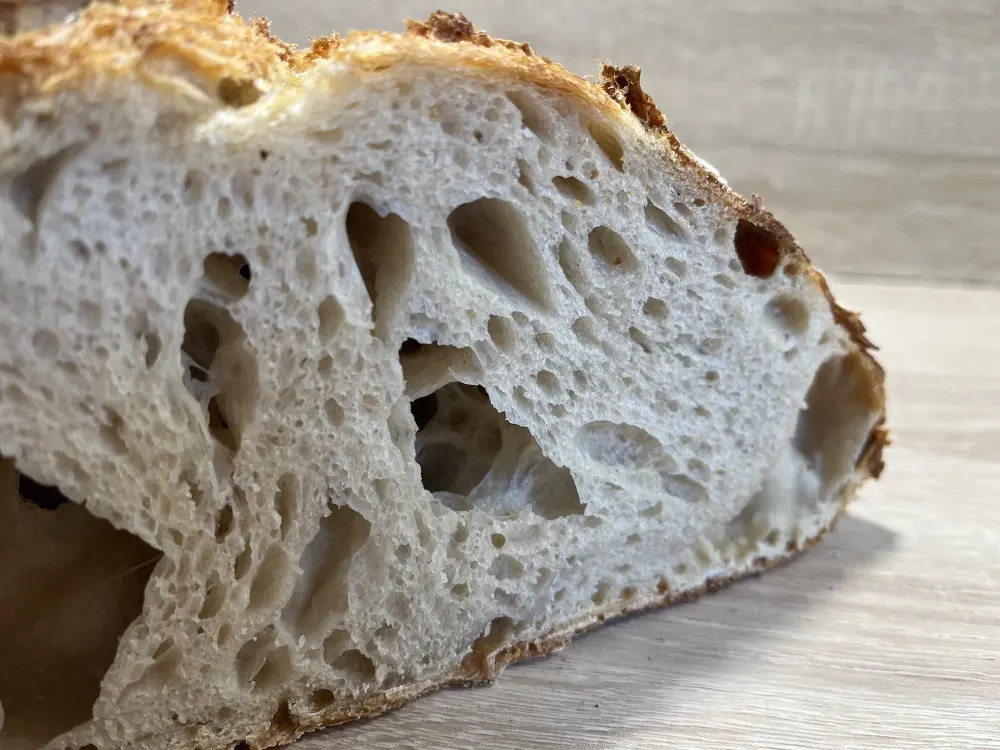
Bleached
I usually bake dark bread (a mix of wheat and rye) but from time to time I like to make white bread too (baguettes or rustic bread) so the wholemeal sourdough made the white bread not as light as I wanted ( pure aesthetics). For that reason, as I have been using the sourdough, I have been feeding it only with white wheat flour: the spores are already there and roam free, so I do not need more wheat husks. Within a couple of weeks I had an extremely active, totally white sourdough starter, which is what I've been using ever since.
